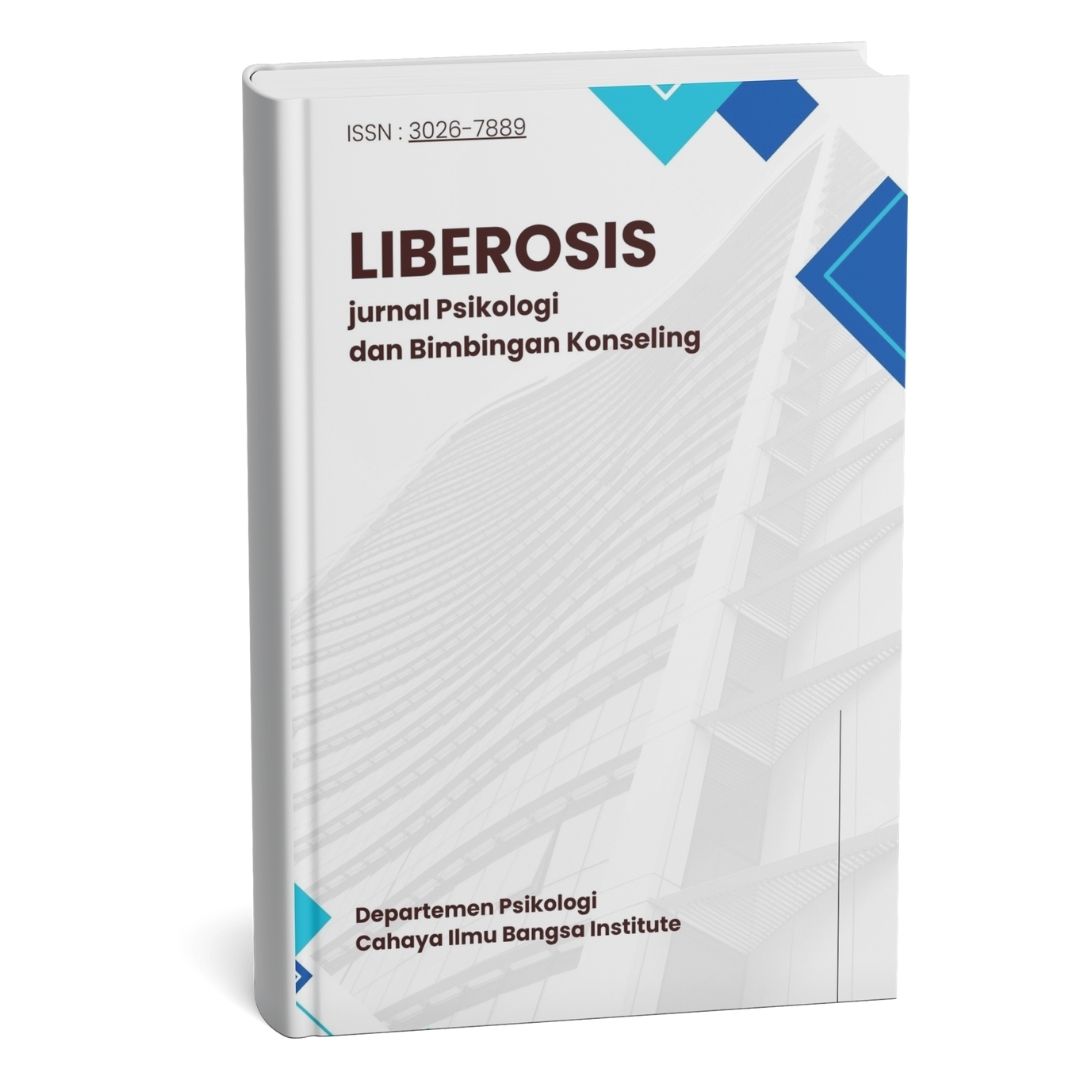Abstract
Parent Adolescent Communication merupakan bagian penting yang dapat mempengaruhi hubungan dalam keluarga. Menurut Barnes & Olson (1985), Parent Adolescent Communication merupakan proses pertukaran informasi, pikiran, dan perasaan antara orangtua dan remaja. Penelitian ini bertujuan untuk mendeskripsikan gambaran Parent Adolescent Communication di Kota Bukittinggi. Pendekatan yang digunakan adalah metode deskriptif kuantitafif dengan teknik sampling insidental yang melibatkan sejumlah 392 remaja sebagai responden. Pengukuran Parent Adolescent Communication dilakukan menggunakan skala yang disusun peneliti berdasarkan aspek dari teori Barnes & Olson (1985), yaitu Open Communication dan Problem Communication. Hasil penelitian menunjukkan bahwa sebagian besar remaja di Kota Bukittinggi memiliki gambaran tingkat Parent Adolescent Communication yang tergolong sedang (66.3%).
References
Badan Pusat Statistik Kota Bukittinggi. (2023). Kota Bukittinggi Dalam Angka 2023. Bukittinggi: Badan Pusat Statistik.
Barnes, H. L., & Olson, D. H. (1985). Parent-adolescent communication and the circumplex model. Child Development, 56(2), 438–447. https://doi.org/10.2307/1129732
Bienvenu, M. J. (1969). Measurement of parent-adolescent communication. The Family Coordinator, 18(2), 117–121. https://doi.org/10.2307/582224
Bowlby, J. (1969). Attachment and loss: Vol. 1. Attachment. Basic Books.
Erikson, E. H. (1968). Identity: Youth and crisis. Norton.
Hurlock, E. B. (1990). Psikologi perkembangan: Suatu pendekatan dalam suatu rentang kehidupan. Jakarta: Erlangga.
Mastrotheodoros, S., Van der Graaff, J., Deković, M., Meeus, W. H. J., & Branje, S. (2020). Parent-Adolescent Conflict across Adolescence: Trajectories of Informant Discrepancies and Associations with Personality Types. Journal of youth and adolescence, 49(1), 119–135. https://doi.org/10.1007/s10964-019-01054-7
Noller, P., & Callan, V. J. (1990). Adolescents' perceptions of the nature of their communication with parents. Journal of Youth and Adolescence, 19(4), 349–362. https://doi.org/10.1007/BF01537077
Sandrock, J. W. (2003). Adolescence. Boston: McGraw-Hill.
Smetana, J. G., Campione-Barr, N., & Metzger, A. (2006). Adolescent development in interpersonal and societal contexts. Annual review of psychology, 57, 255–284. https://doi.org/10.1146/annurev.psych.57.102904.190124
Steinberg, L. (2001). We Know Some Things: Parent-Adolescent Relationships in Retrospect and Prospect. Journal of Research on Adolescence, 11(1), 1–19. https://doi.org/10.1111/1532-7795.00001
Tribunnews.com. (2023a). Remaja Wanita Ngamuk Ancam Ibu di Pemalang karena Skincare.
World Health Organization. (2025). Adolescent health. WHO. https://www.who.int/health-topics/adolescent-health/
Zhang Y. (2020). Quality Matters More Than Quantity: Parent-Child Communication and Adolescents' Academic Performance. Frontiers in psychology, 11, 1203. https://doi.org/10.3389/fpsyg.2020.01203
Zhang, Q., Shek, D. T. L., & Pan, Y. (2021). Parent-Child Discrepancies in Perceived Parent-Child Communication and Depressive Symptoms in Early Adolescents in China. International journal of environmental research and public health, 18(22), 12041. https://doi.org/10.3390/ijerph182212041
